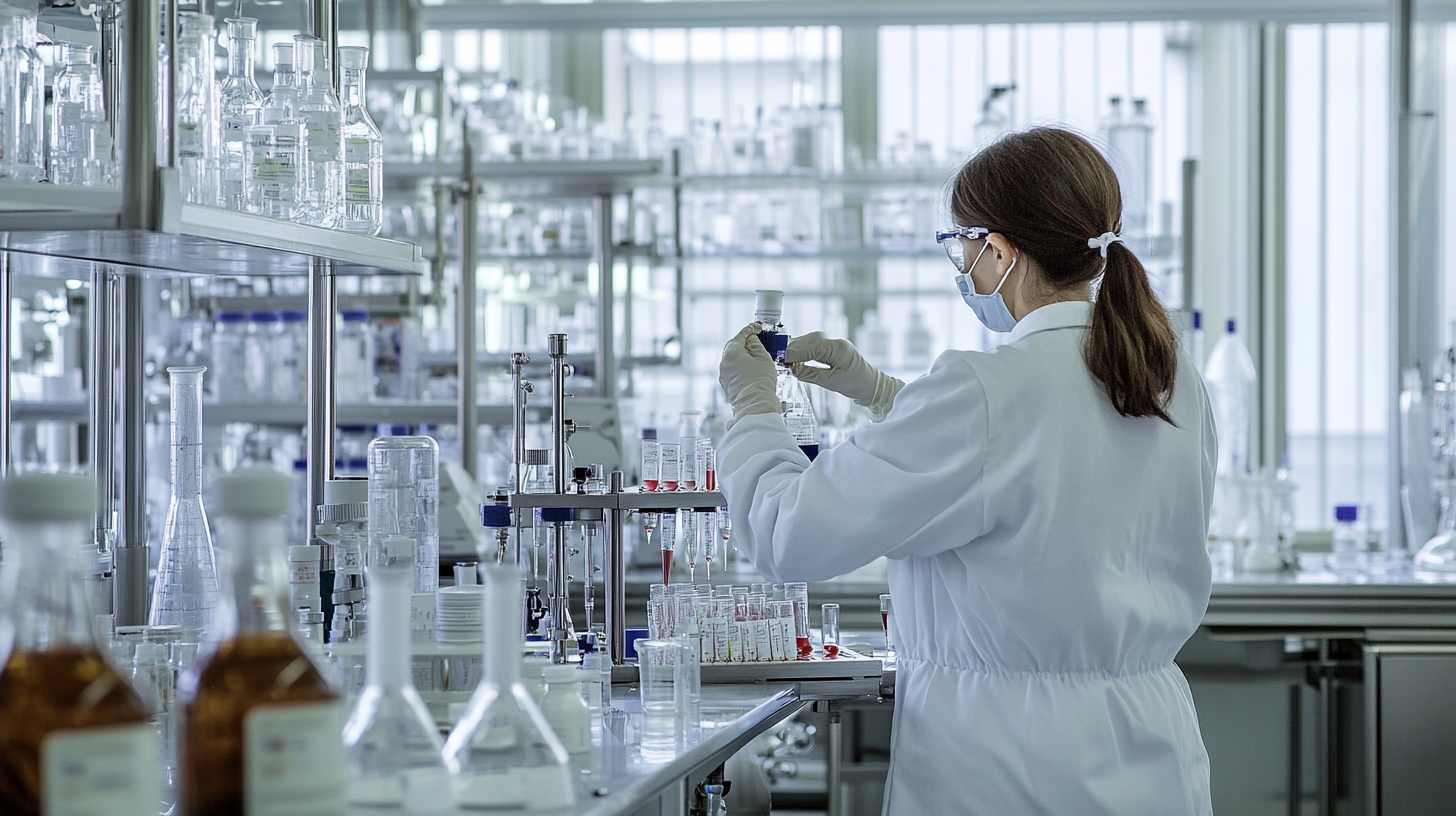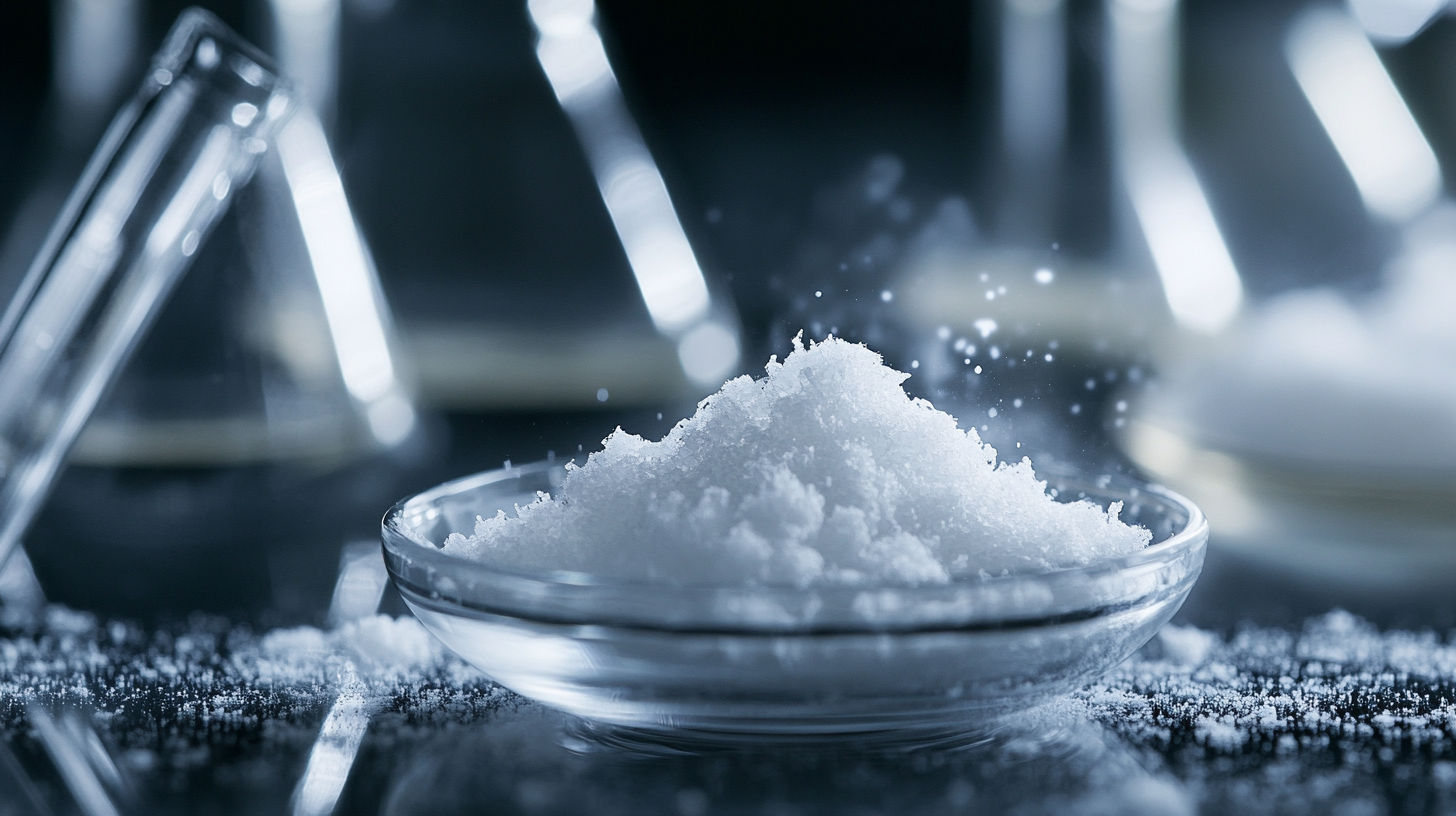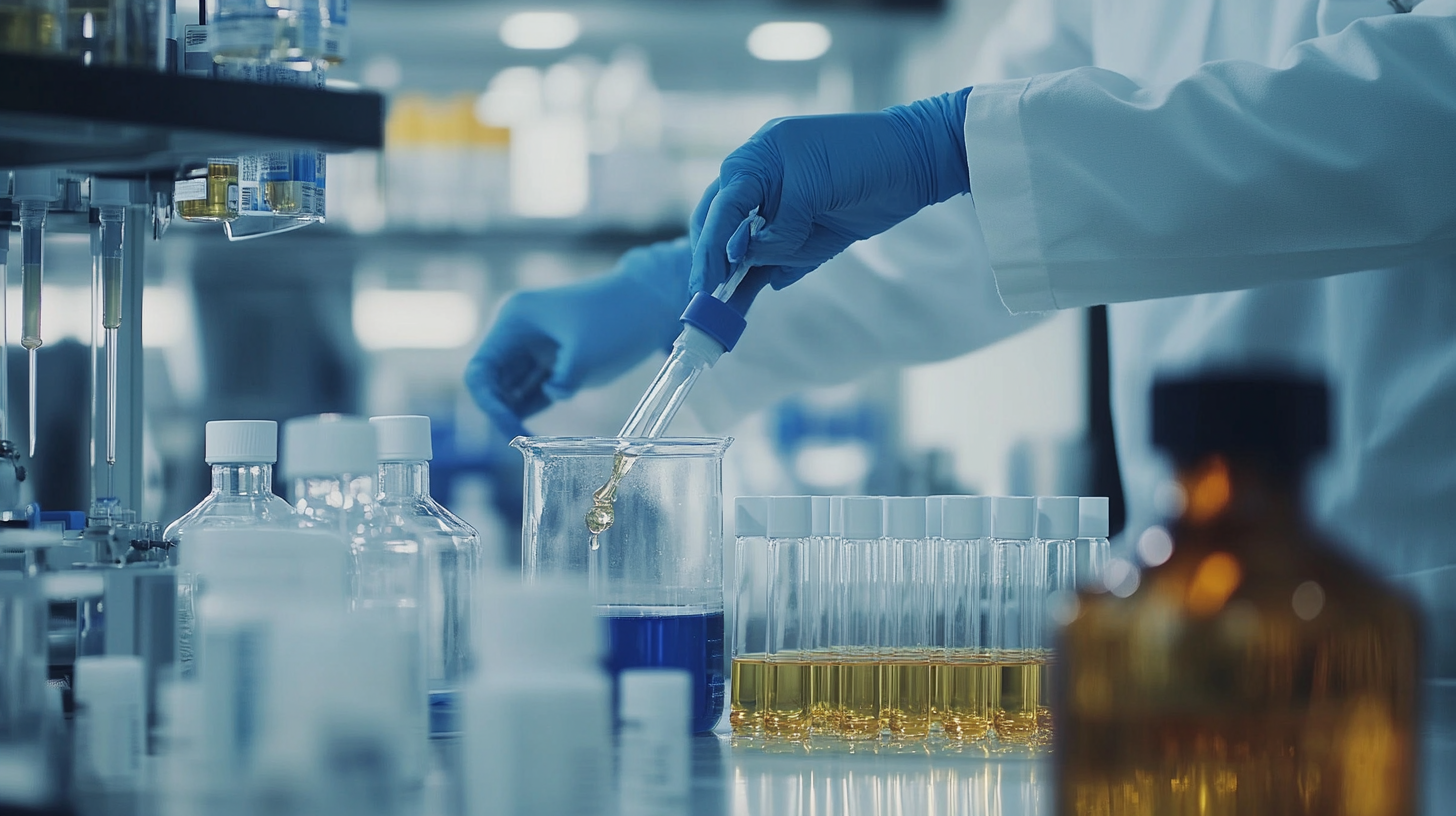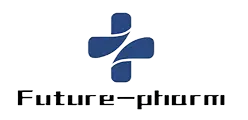
7 Outstanding Pharmaceutical Chemicals You Should Know for Global Sourcing
In the ever-evolving landscape of global sourcing, understanding the key players in the pharmaceutical chemicals industry is vital for businesses seeking to remain competitive and innovative. Pharmaceutical chemicals are the backbone of drug development and manufacturing, playing a crucial role in the synthesis of active pharmaceutical ingredients (APIs) and excipients. As companies expand their operations internationally, it is essential to be aware of the outstanding pharmaceutical chemicals that are not only pivotal to the production process but also contribute to the efficacy and safety of the final products. In this blog, we will delve into seven essential pharmaceutical chemicals that every sourcing professional should be familiar with. By highlighting their significance, applications, and sourcing considerations, we aim to equip readers with the knowledge necessary to make informed decisions in this intricate field.

Key Considerations for Sourcing Pharmaceutical Chemicals Worldwide
When sourcing pharmaceutical chemicals worldwide, several key considerations can significantly influence the efficiency and success of the procurement process. One of the primary factors to assess is regulatory compliance, as the pharmaceutical industry is heavily regulated. According to a report by the International Pharmaceutical Excipients Council, over 50% of sourcing errors stem from inadequate understanding of local regulations, which emphasizes the need for a robust compliance strategy to navigate varying international standards.
Another critical aspect is supplier reliability and quality assurance. The pharmaceutical supply chain is complex, with a staggering 45% of businesses reporting disruptions due to unreliable suppliers, as highlighted in a recent Deloitte study. By implementing thorough due diligence procedures and adhering to Good Manufacturing Practices (GMP), organizations can minimize risks associated with supplier performance and ensure the consistent quality of pharmaceutical chemicals.
Lastly, cost-efficiency remains a paramount consideration in global sourcing. The Global Pharmaceutical Outsourcing Report indicates that companies can reduce costs by up to 25% by strategically selecting suppliers based in countries with lower production costs, while also factoring in the potential impact on quality and delivery times. Balancing these considerations is crucial for successful global sourcing in the pharmaceutical sector.

Understanding the Role of Active Pharmaceutical Ingredients in Drug Development
Active Pharmaceutical Ingredients (APIs) are crucial in drug development, representing the biologically active component that provides the intended therapeutic effect. According to a report from Evaluate Pharma, the global pharmaceutical market is projected to reach $1.5 trillion by 2023, highlighting the increasing importance of APIs as the backbone of this industry. The role of APIs in drug formulation spans from initial discovery through to commercialization, affecting not only efficacy but also safety and regulatory compliance.
The sourcing of high-quality APIs is paramount, as impurities or substandard components can lead to significant safety concerns. A comprehensive analysis by IQVIA indicates that around 70% of drugs in development today are based on previously identified APIs, pointing to the need for reliable sourcing strategies. As pharmaceutical companies continue to focus on innovation and efficiency, understanding the complexities in the supply chain becomes vital. Sourcing qualified suppliers who can comply with Good Manufacturing Practices (GMP) ensures that APIs meet both safety and efficacy standards, setting the stage for successful drug development and patient outcomes.

Top Trends Influencing the Global Pharmaceutical Chemicals Market
The global pharmaceutical chemicals market is rapidly evolving, influenced by several key trends that shape its future. One significant trend is the projected growth of the sodium hydroxide market, expected to reach USD 55.6 billion by 2029. This growth indicates a robust demand for pharmaceutical chemicals that play crucial roles in various applications, from drug manufacturing to process optimization. Such projections highlight the importance of strategic sourcing for companies looking to stay competitive in a dynamic landscape.
As we look toward 2025, optimism within the life sciences sector is fueled by digital transformation and innovation. The integration of advanced technologies promises to enhance productivity and efficiency in pharmaceutical processes, enabling companies to adapt swiftly to changing market dynamics. Additionally, the outlook for the global pharmaceutical excipients market shows substantial growth, with projections estimating a rise from USD 8.82 billion in 2024 to USD 16.934 billion by 2035. This growth underscores the critical role of excipients in drug formulation, emphasizing the necessity for global sourcing strategies that align with market demands.
Regulatory Challenges in Pharmaceutical Chemical Sourcing
In the realm of pharmaceutical chemical sourcing, navigating the regulatory landscape is paramount. The industry is governed by stringent regulations that vary across countries, making global sourcing a complex challenge. These regulations are designed to ensure the safety, efficacy, and quality of pharmaceutical products. Companies must stay informed about local laws and international guidelines, such as those from the FDA, EMA, and WHO, which often require comprehensive documentation and compliance procedures. Failure to adhere to these guidelines can result in significant financial penalties and reputational damage.
Moreover, the regulatory environment is not static; it evolves in response to emerging science, technology, and safety concerns. This dynamic can complicate sourcing strategies, as suppliers may face shifting compliance requirements. For instance, changes in regulations regarding raw materials or manufacturing processes can necessitate rapid adjustments in sourcing practices. Therefore, businesses aiming for global sourcing must foster strong relationships with reliable suppliers who understand and can navigate the regulatory challenges specific to their regions. Continuous education and collaboration with regulatory experts can significantly enhance a company's ability to successfully manage these complexities, ultimately leading to a more resilient supply chain.
7 Outstanding Pharmaceutical Chemicals You Should Know for Global Sourcing - Regulatory Challenges in Pharmaceutical Chemical Sourcing
| Chemical Name | Use in Pharmaceuticals | Regulatory Challenges | Sourcing Regions |
|---|---|---|---|
| Acetaminophen | Pain reliever and fever reducer | Quality control and dosage regulations | North America, Europe, Asia |
| Ibuprofen | Nonsteroidal anti-inflammatory drug (NSAID) | Import/export regulations | Europe, Asia |
| Aspirin | Antipyretic and anti-inflammatory | Manufacturing and labeling requirements | North America, South America |
| Ciprofloxacin | Antibiotic for bacterial infections | Patenting and generic sourcing | Asia, Europe |
| Metformin | Medication for type 2 diabetes | Compliance with safety standards | Asia, North America |
| Statins | Cholesterol-lowering medications | Patent expirations and market entry | North America, Europe |
| Epinephrine | Emergency treatment for allergic reactions | Regulations on distribution and usage | North America, Europe |
Emerging Markets: Opportunities for Pharmaceutical Chemical Suppliers
The emerging markets present significant opportunities for pharmaceutical chemical suppliers, driven by increasing demand and evolving industry standards. Recent projections indicate that the global ethylenediamine market is poised for substantial growth, with sales expected to reach approximately USD 3.9 billion by 2033, up from USD 2.4 billion in 2023, reflecting a compound annual growth rate (CAGR) of 5.0%. This increase underscores the rising importance of this chemical in various pharmaceutical applications, particularly as stakeholders seek reliable suppliers to meet the growing needs of the market.
In addition, the silver nitrate market is also on a rapid growth trajectory, anticipated to expand from USD 4.6 billion in 2023 to around USD 7.6 billion by 2033, with a CAGR of 5.2%. This trend highlights the critical role of silver nitrate in medical and industrial sectors, further emphasizing the expanding potential for suppliers in emerging markets. Moreover, the chemical distribution market is expected to surpass USD 394.4 billion by 2030, indicating a robust demand for effective and efficient supply chains that can thrive in these dynamic environments. These insights reinforce the need for strategic sourcing and robust partnerships in the pharmaceutical chemical sector.
